How to treat grapes from diseases and pests in June?
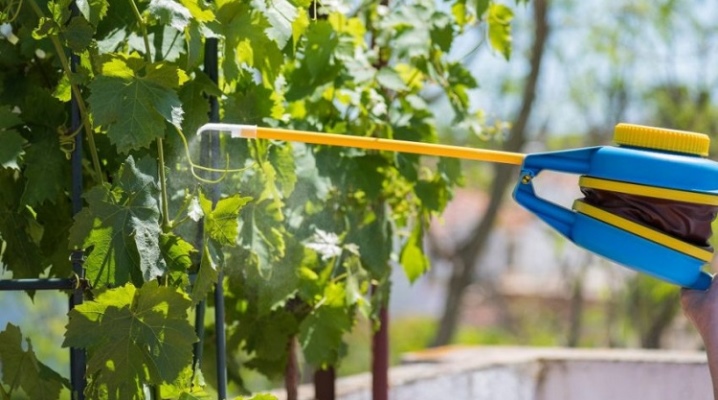
For grapes to give you a good harvest, they require careful maintenance, which includes processing. Read about the best way to process this plant below.
Why do you need processing?
In the summer, starting from the first month - June, the grapes need not only be watered, but also processed well. It is at this time that many harmful insects begin to activate, and the weather creates favorable conditions for the development of the fungus. During this period, the grapes become more vulnerable to diseases, pests and bad weather conditions, and therefore they need good processing and feeding.
The first processing of the grapes should be carried out even before flowering, the second - June, after flowering. During flowering, any spraying of this culture is contraindicated. It is necessary to process grapes for the third time in the fall, for the fourth time, it is also the last, processing is carried out before the plant is sheltered for the winter. The essence of the procedure is not only to protect the grapes from various insects and viral diseases.
It also contributes to its stable development, enrichment of the fruit composition and maintenance of normal yield.
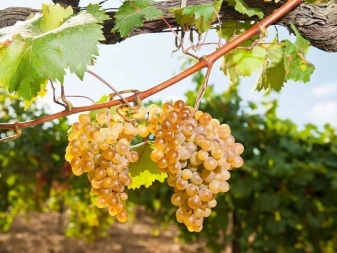
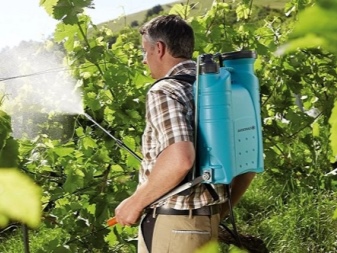
The best remedies
Chemicals
inkstone
The drug is used by many summer residents on various cultivated plants, including grapes. The big plus of the substance is low toxicity and ease of use. It, being a means of contact action, is not absorbed into the tissues of the planting and is easily washed off with water. Speaking specifically about grapes, iron vitriol is able to fight a large number of fungal diseases, as well as harmful insects.
Besides, it also works great as a fertilizer. The plant must be treated with this drug before the buds swell. A solution based on it is easy to make, but consider the dosage. It depends solely on the purpose for which you are using the tool. So, for example, to combat lichen on grapes, a solution with a concentration of 3% is suitable, and for prevention it is better to use a solution with a concentration of no more than 1%.
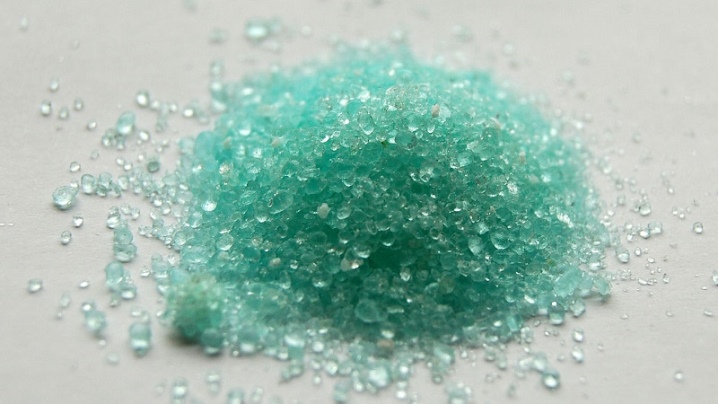
Copper sulfate
This drug is in many ways similar both in its composition and in action with the aforementioned iron vitriol. In general, these two vineyard remedies are interchangeable... However, note that copper sulfate is more harmful due to its high toxicity, and therefore it is highly discouraged to use it in large quantities.
Bordeaux mixture
This is a fungicide, which, due to the presence of copper sulfate in the composition, is devoid of a harmful scalding effect. A solution based on it is able to provide grapes with protection from:
- late blight;
- curliness;
- brown spot;
- scab;
- goblet rust and other diseases.
However, please note that it is impossible to store the diluted mixture, and therefore it must be used immediately. How concentrated the solution needs to be prepared depends solely on the situation and processing time. So, in the period of early spring, you can use a stronger mixture, at a later time - with a concentration of no more than 1%.
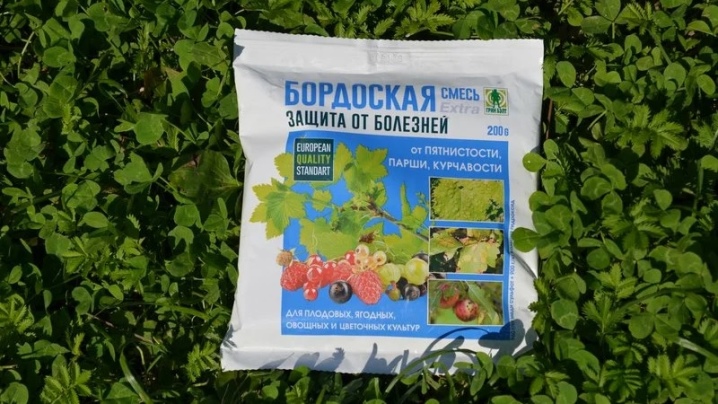
Urea
Urea, or urea, contains a large amount of nitrogen. It is an effective fertilizer and, moreover, completely safe to use. It can be used for both root and foliar feeding of grapes.Urea allows you not only to fertilize the plant, but also to fight against many harmful insects, as well as pathogens of various diseases. This preparation helps to increase the resistance of the vineyard to various fungi, as well as to the attacks of caterpillars and copperheads. Most often, urea is combined with copper sulfate, since these two products are in perfect harmony with each other. A solution of them is prepared as follows:
- 0.7 kilograms of urea is poured into a plastic container and poured with 8 liters of water, after which it is stirred, achieving the transparency of the liquid;
- 50-100 grams of copper sulfate, in turn, is diluted with 800 milliliters of heated water;
- after that, the second mixture is slowly poured into the solution with urea and another 10 liters of water are added.

"Fitosporin-M"
It is rather a biological preparation that has low toxicity, which is why it is in great demand among summer residents. It is less effective than chemical preparations, but it can be used at any stage of grape development, with the exception of flowering. To prepare a solution based on "Fitosporin", 5 grams of this agent, dissolved in a bucket of water, will be enough.
It is necessary to apply such a solution 3 times - before bud break, before and after flowering. This product is able to protect the vineyard from bacterial diseases and fungus. When processing this drug, keep in mind that it does not have high resistance, and therefore it is advisable to process it in cloudless weather.
If it rains, the treatment will have to be repeated.
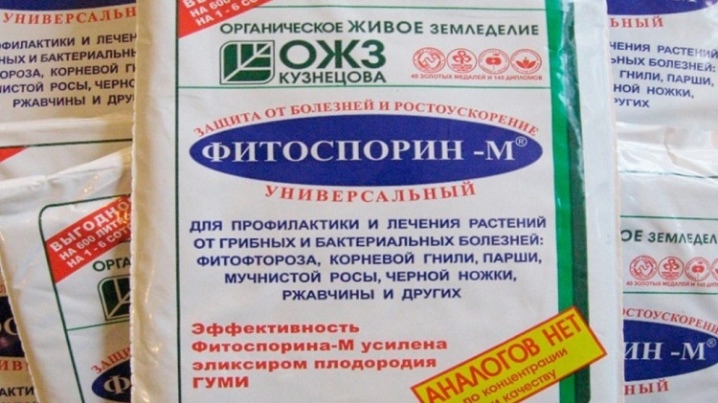
Folk remedies
Solutions made according to folk recipes are also perfect for processing and feeding the vineyard. Many of them are very effective in fighting various diseases and parasites, but in critical situations they are powerless. A big plus of such solutions is their availability. It is possible to make them with your own hands, at home, while the costs in terms of time and money will be minimal.
- Onion peel. To prevent fungal diseases of grapes, it is necessary to spray the plant with this solution. It is not difficult to make it. You will need half a bucket of the main component and water, all this must be boiled for about 20 minutes and left for tincture for another day. If desired, you can add 1-2 tablespoons of honey to the mixture. Then the plants are treated with a solution, this must be done during the opening of the buds, before and after flowering. In a similar way, you can prepare a solution based on celandine or comfrey.
- Soda... A soda-based solution will be a good preventive measure, as it can protect your plant from fungal diseases, including powdery mildew. In order to prepare the product, it is necessary to dissolve 20 grams of laundry soap and 2 large spoons of the component in 7 liters of water. Before flowering, the plant must be sprayed once, after flowering - three more times with a frequency of 7-10 days.
- Iodine... Another useful component that is able to protect the plant from diseases, increase their yield and enrich the composition of the fruit. However, its excess can harm the plant; it must be used with strict adherence to the dosage. For prevention, a solution will be sufficient, where a drop of iodine falls on a liter of water.

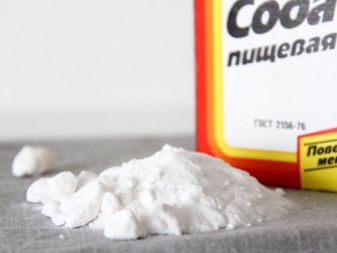
Rules of conduct
For prevention, the plant is treated 4 times for the entire season:
- at the time of growth of shoots;
- with budding;
- after flowering;
- during the formation of bunches.
Note that if the weather turned bad and it started raining, then the processing must be carried out no later than 2 hours later. If this is not possible, then it is best to resort to cyclic processing. In addition, it is advisable to monitor the weather conditions. During treatment with chemicals or solutions made according to folk recipes, the foliage should be dry, and the weather should be calm and cool.
Most often, the ideal time for processing is evening, namely the period when the sun has already set.

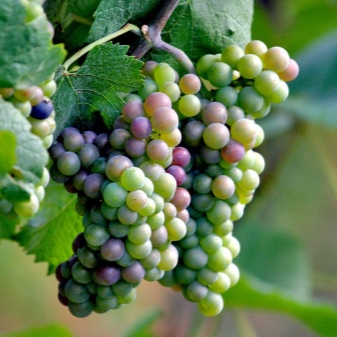
For information on how to treat grapes from diseases and pests in June, see the next video.













The comment was sent successfully.